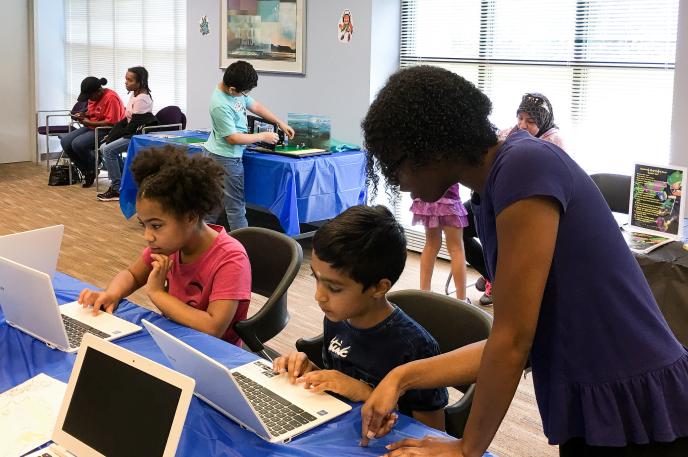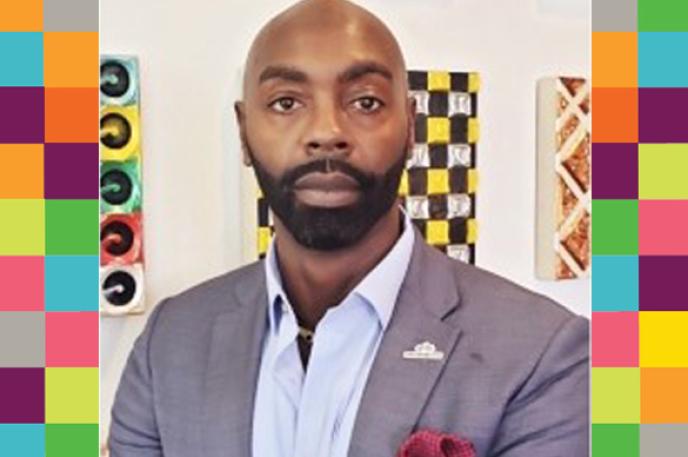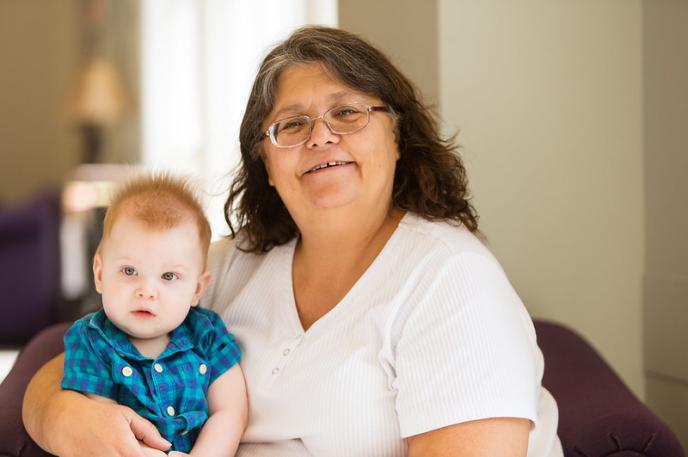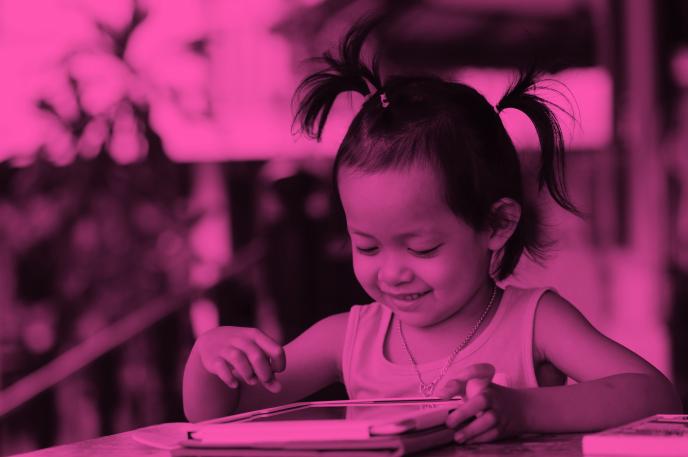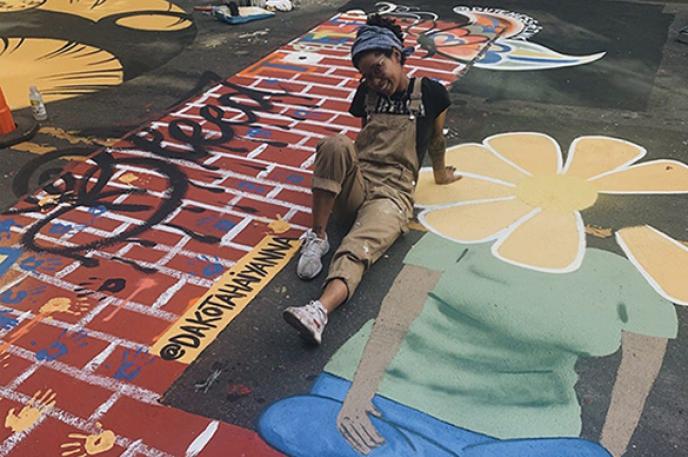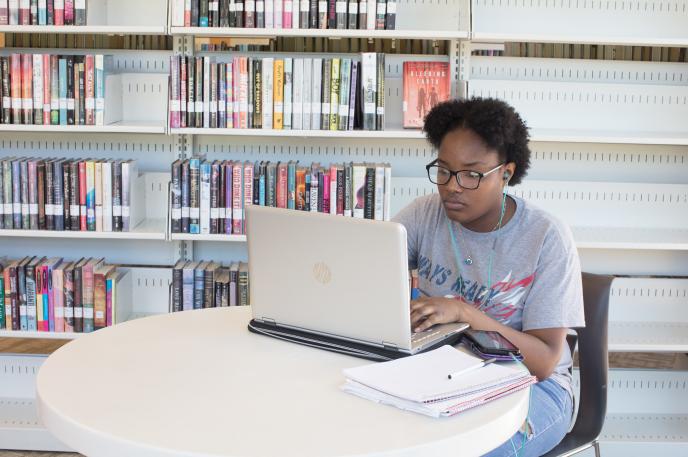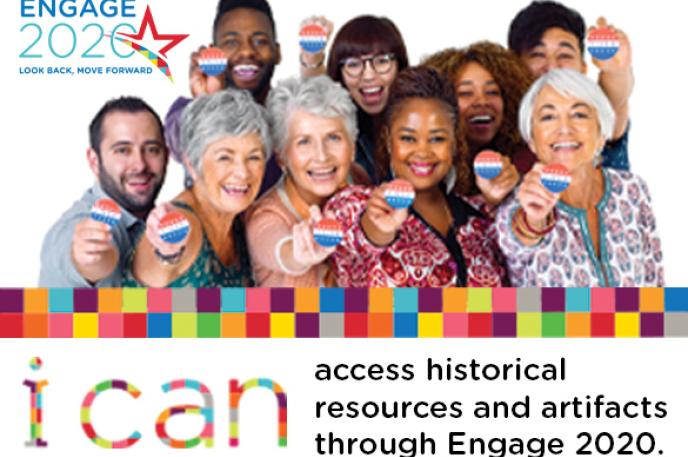Did you know that you can continue to stay connected to the Library while staying home? How would you like to participate in a virtual storytime with your family or receive resume help all from the comfort of your couch? Join Charlotte Mecklenburg Library every week for a wide range of virtual programming for children, teens and adults. See a complete listing of this upcoming programming for the week of 8/3/2020 below. Click the corresponding links for more information and register for programs where applicable.
Learn more about online programming by clicking here
Monday 8/3
Virtual Reading Buddies – 9 a.m. (Children's programming) register
Family Storytime – 9:30 a.m. (Children's programming) Learn more
Online Listen and Move Storytime – 10:30 a.m. (Children's programming) learn more
Virtual Reading Buddies – 10 a.m. (Children's programming) register
Virtual Reading Buddies – 11 a.m. (Children's programming) register
One-on-One Tutoring and Enrichment – 11 a.m. (Children’s programming) register
Mindful Mondays – 12 p.m. (Adult programming) register
Virtual Reading Buddies – 1 p.m. (Children's programming) register
Virtual Reading Buddies – 2 p.m. (Children's programming) register
Book a Librarian – Technology – 2 p.m. (Adult programming) register
One-on-One Tutoring and Enrichment - 2:30 p.m. (Children's programming) register
Virtual Reading Buddies – 3 p.m. (Children's programming) register
Traditional Storytelling – 3 p.m. (Children’s programming) learn more
Stronger Together: Support for Your Job Search – 4 p.m. (Adult programming) register
Tuesday 8/4
Virtual Reading Buddies – 9 a.m. (Children's programming) register
Family Storytime – 9:30 a.m. (Children's programming) Learn more
Virtual Reading Buddies – 10 a.m. (Children's programming) register
Cuentos Virtuales en Español - 10:30 a.m. (Children's programming) learn more
Book a Librarian - Business Research – 11 a.m. (Adult programming) register
Virtual Reading Buddies – 11 a.m. (Children's programming) register
One-on-One Tutoring and Enrichment - 11 a.m. (Children's programming) register
Career Development Intensive Coaching – 12 p.m. (Adult programming) register
Career Development Intensive Coaching – 12:30 p.m. (Adult programming) register
Creating Virtual Resumes with the Job Help Center – 1 p.m. (Adult programming) register
Engage 2020: Unmasking Your Voice – 1 p.m. (Teen programming) register
Virtual Reading Buddies – 1 p.m. (Children's programming) register
Virtual Reading Buddies – 2 p.m. (Children's programming) register
Book a Librarian - Technology – 2 p.m. register
Nonprofit Services: Is Starting a Nonprofit Right for You? – 2 p.m. (Adult programming) register
Story Explorers Enrichment – 2 p.m. (Children's programming) learn more
One-on-One Tutoring and Enrichment – 2:30 p.m. (Children's programming) register
Traditional Storytelling – 3 p.m. (Children’s programming) learn more
Active Reading Training for Caregivers of 2-5 Year Olds – 2:30 p.m. (Adult programming) register
Virtual Reading Buddies – 3 p.m. (Children's programming) register
Engage 2020 Summer Series: A Conversation with Dakota Aiyanna – 6 p.m. (Adult programming) register
Wednesday 8/5
Virtual Reading Buddies – 9 a.m. (Children's programming) register
Family Storytime – 9:30 a.m. (Children's programming) Learn more
Virtual Reading Buddies – 10 a.m. (Children's programming) register
Online Listen and Move Storytime – 10:30 a.m. (Children's programming) learn more
Virtual Reading Buddies – 11 a.m. (Children's programming) register
One-on-One Tutoring and Enrichment – 11 a.m. (Children's programming) register
Virtual Reading Buddies – 1 p.m. (Children's programming) register
Virtual Reading Buddies – 2 p.m. (Children's programming) register
Book a Librarian - Technology – 2 p.m. register
One-on-One Tutoring and Enrichment – 2:30 p.m. (Children's programming) register
Virtual Reading Buddies – 3 p.m. (Children's programming) register
Teens LIVE on Instagram: Toasty Oat No Bake Cookies – 5 p.m. (Teen programming) learn more
Engage 2020: 21-Day Racial Equity and Social Justice Challenge – 6 p.m. (Adult programming) register
Thursday 8/6
Virtual Reading Buddies – 9 a.m. (Children's programming) register
Family Storytime – 9:30 a.m. (Children's programming) Learn more
Virtual Reading Buddies – 10 a.m. (Children's programming) register
Cuentos Virtuales en Español - 10:30 a.m. (Children's programming) learn more
Book a Librarian - Business Research – 11 a.m. (Adult programming) register
Virtual Reading Buddies – 11 a.m. (Children's programming) register
One-on-One Tutoring and Enrichment - 11 a.m. (Children's programming) register
Career Development Intensive Coaching – 12 p.m. (Adult programming) register
Career Development Intensive Coaching – 12:30 p.m. (Adult programming) register
Creating Virtual Resumes with the Job Help Center – 1 p.m. (Adult programming) register
Virtual Reading Buddies – 1 p.m. (Children's programming) register
Virtual Reading Buddies – 2 p.m. (Children's programming) register
Book a Librarian - Technology – 2 p.m. register
One-on-One Tutoring and Enrichment – 2:30 p.m. (Children's programming) register
Active Reading to Build Phonemic Awareness – 3 p.m. (Adult programming) register
Virtual Reading Buddies – 3 p.m. (Children's programming) register
Book Talk: Children's – 3 p.m. (Children's programming) learn more
Teens LIVE on Instagram: Create an Identity Map – 6 p.m. (Teen programming) learn more
Friday 8/7
Virtual Reading Buddies – 9 a.m. (Children's programming) register
Family Storytime – 9:30 a.m. (Children's programming) Learn more
Virtual Reading Buddies – 10 a.m. (Children's programming) register
Baby Storytime – 10:30 a.m. (Children's programming) learn more
Virtual Reading Buddies – 11 a.m. (Children's programming) register
One-on-One Tutoring and Enrichment – 11 a.m. (Children's programming) register
Ted Talks Discussion Group: What Makes You Happy? – 11 a.m. (Adult programming) register
Learning Circle: How to Be an LGBT+ Ally – 1 p.m. (Adult programming) register
Virtual Reading Buddies – 1 p.m. (Children's programming) register
Virtual Reading Buddies – 2 p.m. (Children's programming) register
Book a Librarian - Technology – 2 p.m. register
One-on-One Tutoring and Enrichment – 2:30 p.m. (Children's programming) register
Virtual Reading Buddies – 3 p.m. (Children's programming) register
Saturday 8/8
Family Storytime – 9:30 a.m. (Children's programming) Learn more
Learning Circle: The Science of Well-Being – 9:30 a.m. (Adult programming) register
Virtual Reading Buddies – 10 a.m. (Children's programming) register
Virtual Reading Buddies – 11 a.m. (Children's programming) register
Library Codelab: Intro to Web Accessibility – 11 a.m. (Adult programming) register

dge. Participants earn this badge when they reach 25 hours of reading. Every summer, the library gives back to the community by donating books to a local organization in need. This year’s recipient will be Charlotte Mecklenburg Schools. Charlotte Mecklenburg Library is happy to donate to CMS and we are thankful the school system will accept the contributions.

